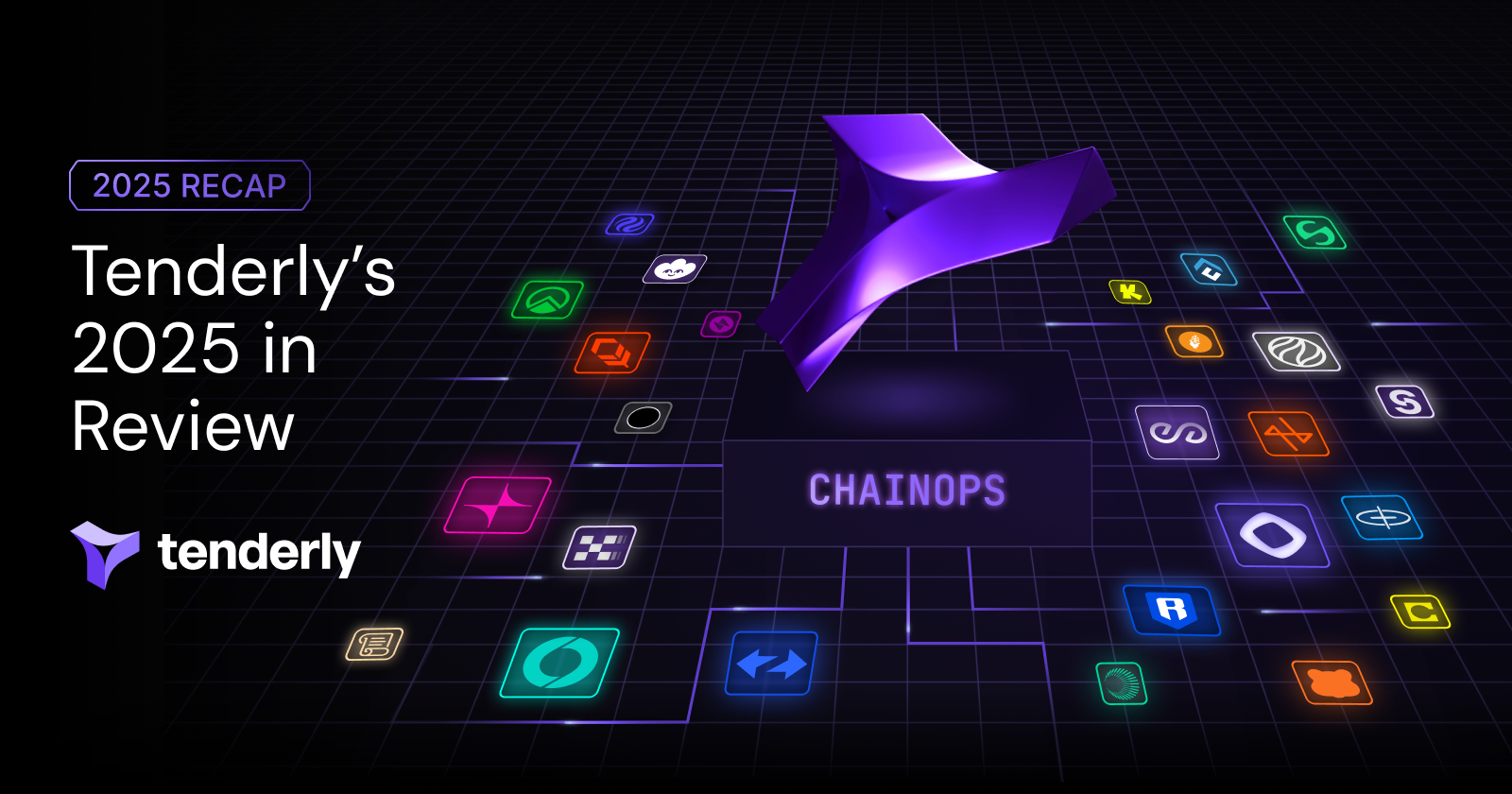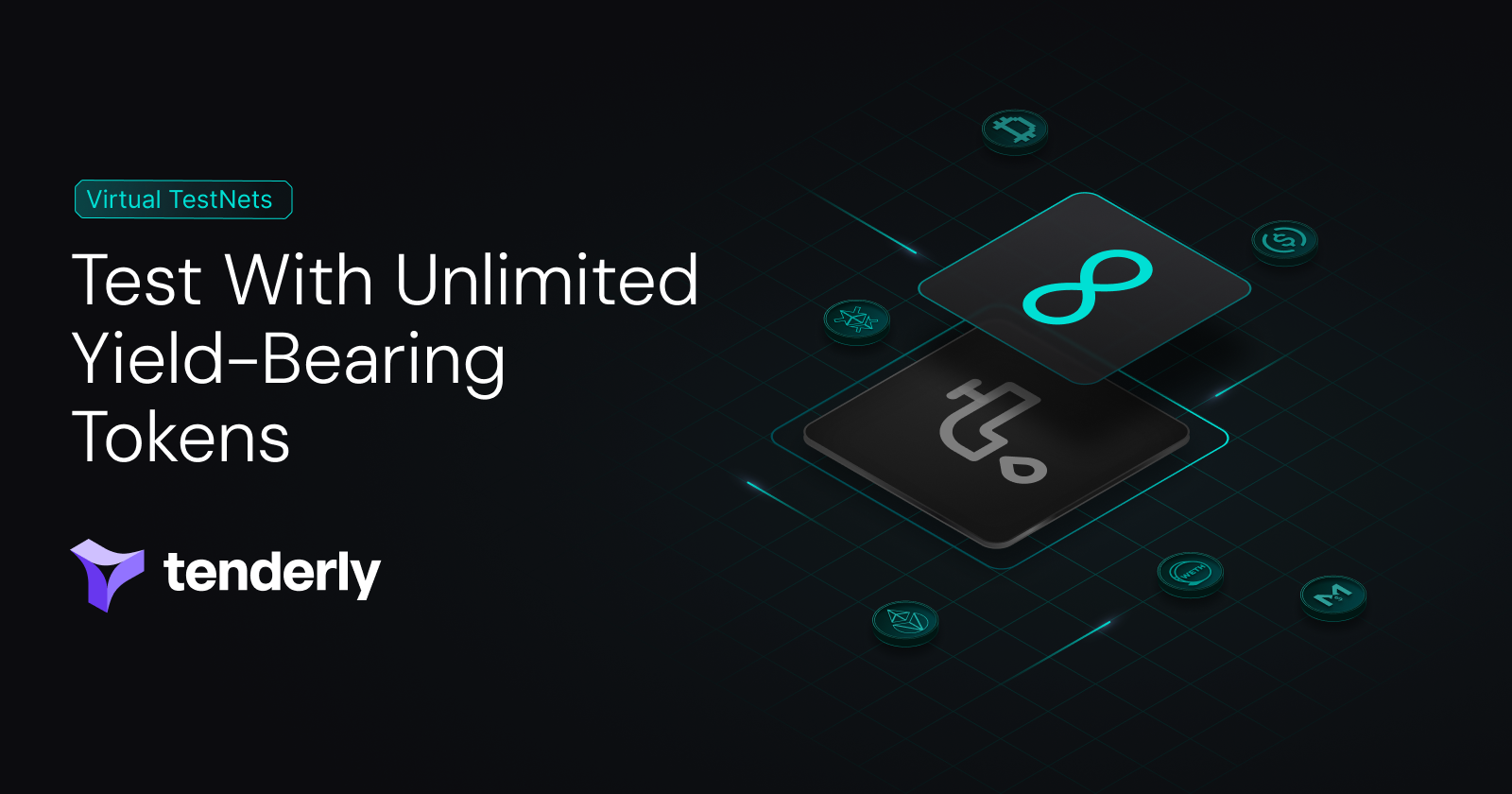Bringing blockchain technology to global adoption doesn’t only entail simplifying the experience for the end user. It also entails simplifying the experience for Web3 developers innovating on the blockchain. And public testnets stand in the way of that.
Public testnets were initially designed for network, not dapp testing. However, you’re forced to use them for testing your product in the absence of a better alternative. This leaves you with a host of problems, including token shortages, incomplete mainnet data, and flawed deployments.
For these and many other reasons, we want to provide you with a testing solution that will replace public testnets – Tenderly Virtual TestNets. Our goal is to build a testing infrastructure designed specifically for developers. And you’re an important part of that.
Where we are now: public testnets
Aside from getting deprecated one after the other, public testnets bring a long list of problems – lack of all mainnet data, token supply shortages, long (re)deployments, fragmented tooling, and many more. All of these problems leave you and your team with:
- The inability to test the actual performance of your dapp.
- Limitations in performing complex, real-world tests.
- The risk of undetected bugs and security vulnerabilities.
- Long feedback loops during development and testing.
- No way to collaboratively work on your product.
Understanding the struggles you’re dealing with every time you have to use a public testnet, we want to provide a long-lived solution that you can rely on throughout all stages of dapp development.
What the future holds: Virtual TestNets
With Virtual TestNets, you’ll be able to replace the flawed public testnets with reliable, customizable, and configurable network environments specifically designed for dapp testing. Instead of dealing with fragmented infrastructure and tooling, you’ll have a testing solution you can use for local development, CI/CD, dapp staging, and public testing.
You’ll be able to spin up any number of private testing environments that mirror the state of production networks. Additionally, you’ll be able to manipulate the state of Virtual Networks and configure them to meet the specific requirements of your project.
However, to offer a solution that truly addresses your specific needs and struggles, we want to involve you in the process of building it. By getting early access to Virtual TestNets, you will not only get support developing your project, but also have an opportunity to establish the best testing practices and shape the future of Web3.
What we hope to achieve with Virtual TestNets
Currently, the Web3 development and testing process is fragmented and full of obstacles. You have no single testing solution that you can use for local development, CI/CD, and internal and public testing.
With Virtual TestNets, we strive to unify all of these stages and provide you with a single integration point for your dapp frontend, backend, and Solidity components. We want to provide a scalable, reliable, and long-term alternative to the rigid public testnets.
Thanks to all production data, unlimited faucet, and built-in development and debugging tools, Virtual TestNets eliminate fragmentation and give you control and flexibility at each stage of dapp development. You and your team will be able to:
- Get live on-chain data, network manipulation, and built-in tooling during local development by integrating Virtual TestNets with Hardhat or Foundry.
- Use Virtual TestNets to set up a CI/CD pipeline to automate the testing of smart contract changes against the actual state of a production network.
- Integrate your dapp frontend, backend, and Solidity components in a dapp staging environment to facilitate internal testing and team collaboration.
- Enable the public testing of your dapp running on a Virtual TestNet to engage your users and gather valuable feedback.
Sign up for early access to Virtual TestNets now
With blockchain technology evolving rapidly, its testing infrastructure should be able to meet the changing needs of innovators building on top of it. However, we believe that the current system of public testnets brings more challenges than benefits to Web3 developers.




